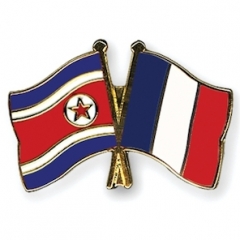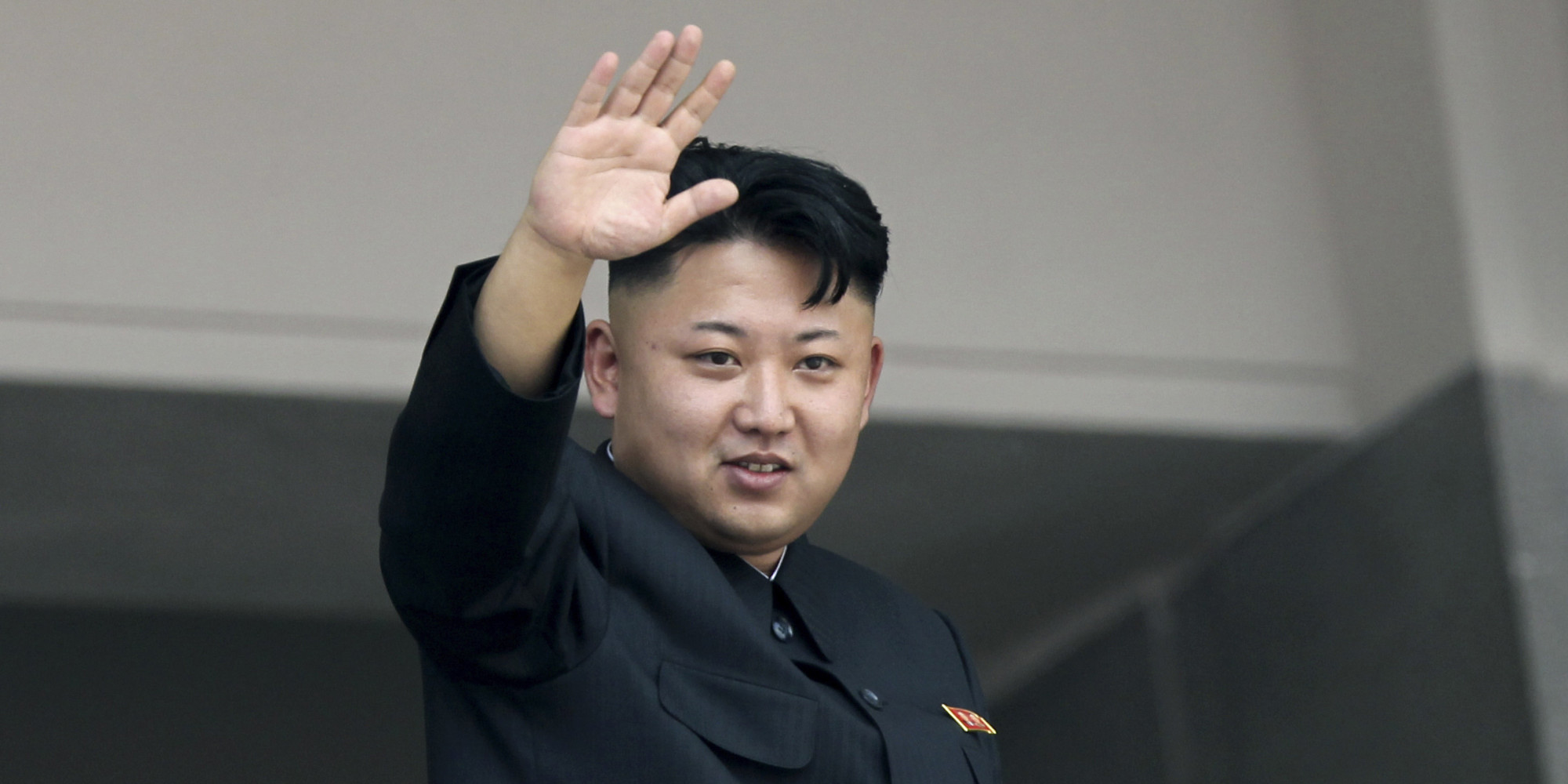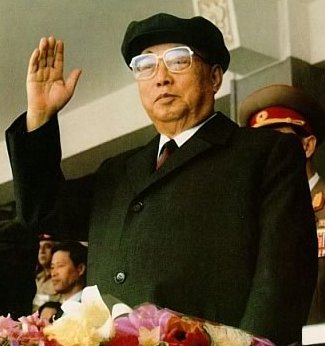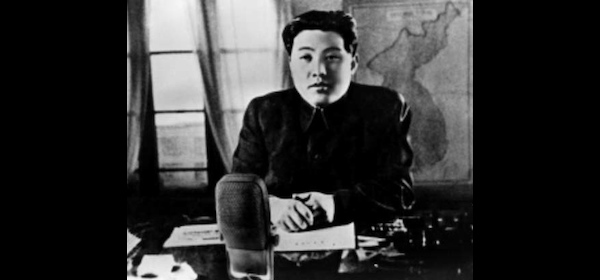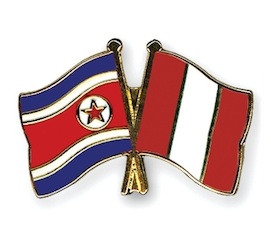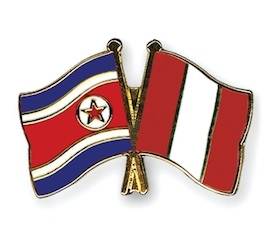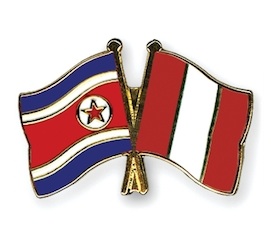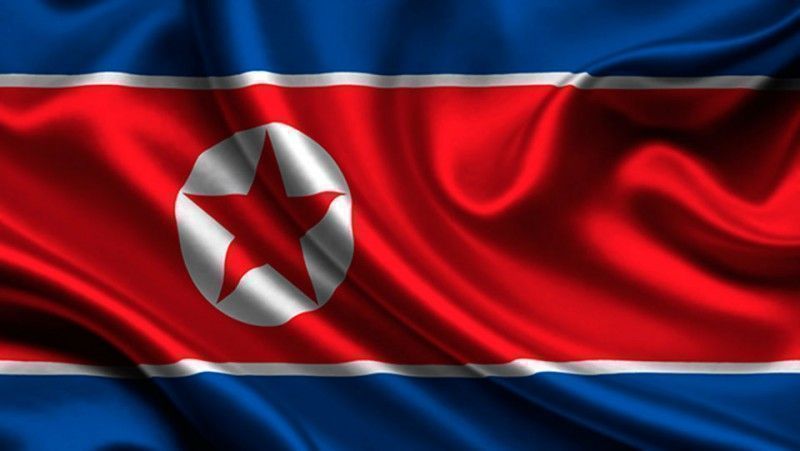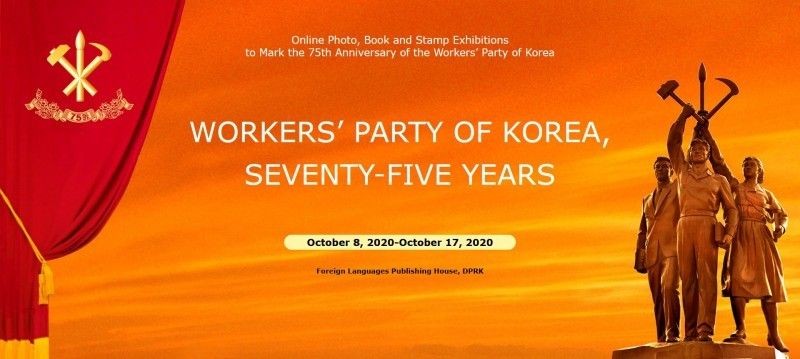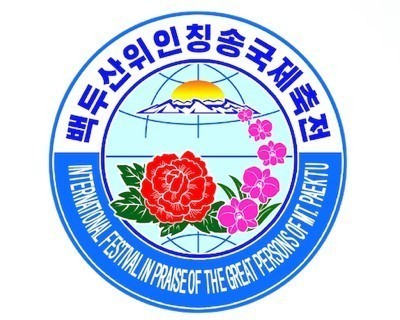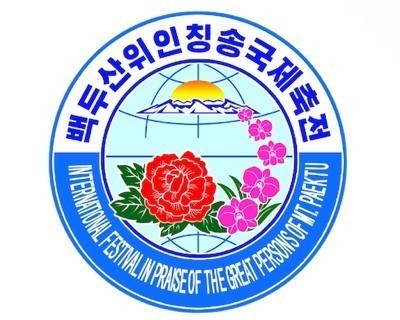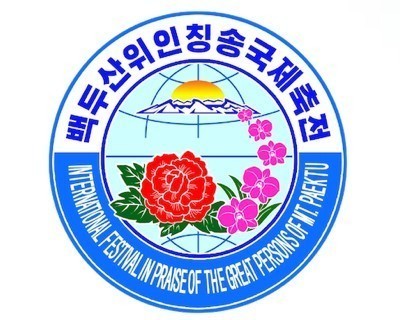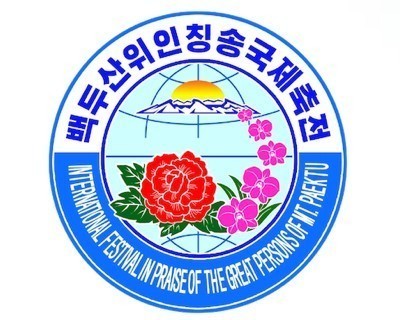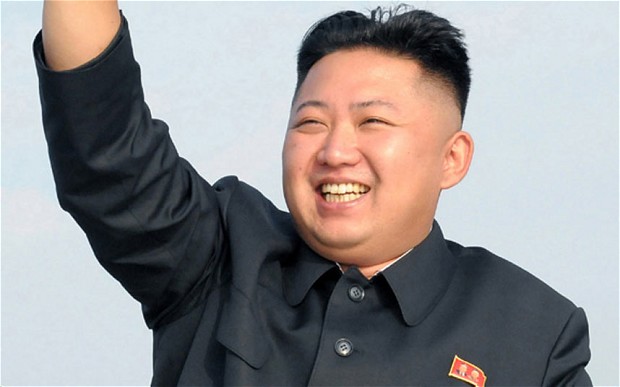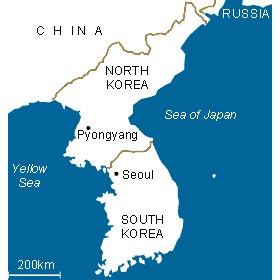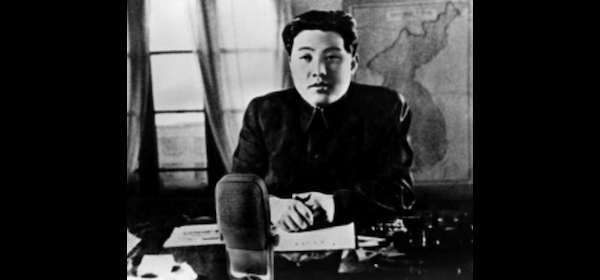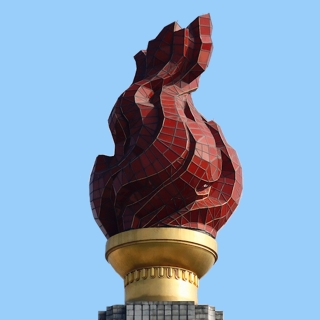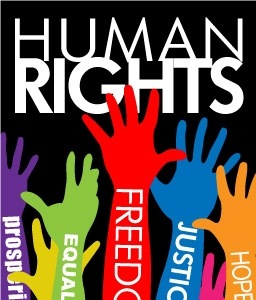MR. Speaker,
Ladies and Gentlemen,
Dear friends,
We gather today to celebrate the 20th anniversary of the death of President Kim Il-sung, and first of all I would like to thank our Indonesian friends for organizing this event. Unfortunately, Association d'Amitie Franco-Coreene France Korea Friendship Association, AAFC) can not be present. I speak on behalf of the AAFC, as vice-president for cooperation activities.
As everybody here knows it, one day before his death on 8th of July 1994, Kim Il-sung had reviewed and signed, on the 7th of July 1994, a preparatory document for an inter-Korean summit. In the last period of his life, from 20th of June, all his activity had been deployed in the preparation of this event which would have marked a turning point on the path of reconciliation and reunification of the Korean peninsula.
Nevertheless sad events happened and the behaviour of the South Korean authorities after the death of President Kim Il-sung postponed any prospect of an inter-Korean summit.
But his actions were not fruitless : on this basis Leader Kim Jong-il had discussions with the new South Korean President Kim Dae-jung, which led to the 15th of June 2000 historical inter-Korean summit in Pyongyang, which opened a new era in North-South relations.
Now Marshal Kim Jong-un is walking on in the footsteps of his predecessors, making appeals to South Korean authorities, particularly during his New Year speeches delivered on 1st of January 2013 and 1st of January 2014, to give a new impetus to inter-Korean relations - despite the vicissitudes related to the return to power in Seoul - since 2008 - of conservative administrations that have undermined the foundations of the "sunshine policy" based on the 15thof June 2000 and 4th of October 2007 inter-Korean declarations.
A lesson taken from the history of North-South relations is that you have to negotiate with partners as they are, and not as you want them to be. Since its foundation 45 years ago in 1969, the AAFC has been working for peace and independent unification of Korea, divided against the will of his people by the game of great powers after the Liberation from Japanese occupation. The guerrilla troops led by future President Kim Il-sung had played a leading role in Liberation.
Let me stress on an essential point : the contribution of President Kim Il-sung to unification of Korea, according to proposals which he made very early, immediately after the Liberation, and which form a homogeneous corpus who founded and still determine the North Korean position in inter-Korean relations. If on the south side the desire for dialogue and its modalities have depended to regime changes, the Democratic People's Republic of Korea, have continuously adhered the goal of reunification and the means to achieve it. Thus the principles of a peaceful and independent unification of Korea by Koreans themselves have underpinned all inter-Korean declarations signed since 1972.
In 1948 a conference was held in Pyongyang with representatives of all political and social forces of North and South Korea - with the notable exception of those close to South Korean Syngman Rhee, elected after separate elections which had been boycotted by the left and many nationalists. The proposal made by President Kim Il-sung was to form a single legislature and a unified government proposal, which would have stopped the separation process if it had been accepted.
After the Korean War, in 1954 and 1958, the North Korean authorities proposed the freedom of movement between the North and the South, the establishment of a permanent North-South Committee and a growth in inter-Korean exchanges. These proposals were made again after the April 1960 uprising in South Korea, but the following year the military coup of General Park Chung-hee in Seoul put an end to the hopes of unification - which could have taken place in the context of a neutral state, non-aligned with either of the two blocks, considering the model of Austria where foreign occupation troops had withdrawn a few years ago, in accordance with the Treaty State signed on the 15th of May 1955.
The signature of the 4th of July 1972 Joint Communique marked a turning point. If the authoritarian evolution of South Korea led to the suspension of the North-South dialogue in August 1973, the principles which were laid at that time remained the cornerstone of the North-South relations for an independent and peaceful unification of the peninsula beyond the differences in ideologies, ideals and systems, and each party agreed not to insult each other and to avoid armed clashes.
The most elaborate North proposals consist in the Democratic Confederal Republic of Koryo, on the initiative of President Kim Il-sung at the 6th Congress of the Workers' Party of Korea, in October 1980. He proposed to establish a federal neutral state, with a single Assembly and one competent Government on political, military and diplomatic issues, along with the establishment of a permanent North-South committee.
The army of the new state would be limited to 100,000 soldiers. Still on the initiative of President Kim Il-sung, the Agreement on Reconciliation, Non-aggression, exchanges and cooperation between the North and the South so called Inter-Korean Basic Agreement was reached in 1991, which led to the simultaneous entry of the two Korean governments at the United Nations. In this context, Kim Il-sung was still preparing a inter-Korean summit on the eve of his death.
The proposals which have been made for more than half of a century attest to the prominence given to unification by the Democratic People's Republic of Korea. The Korean War was an open wound, and a raw in the flesh of the Korean people : considering it, we must promote at all costs the signature of a peace treaty that would lay the groundwork for cooperation and prevent new clashes that, unfortunately, have too often led Koreans to confront other Koreans. The principle of a peaceful reunification, marked by the refusal of attacks and provocations, appear as the thread of the proposals of President Kim Il-sung.
Two other key aspects are the desire for dialogue to lay the groundwork for cooperation and to establish a gradual and increasing process of reconciliation, involving initially in some areas, including trade. Gradually established onfidence will allow further progress towards unification.
These principles are more relevant than ever. As expressed on numerous occasions, the establishment of the North-South Standing Committee would have removed the obstacles that led to the suspension of inter-Korean Kaesong complex in 2013. Is it not urgent to lay the institutional foundations of a permanent dialogue, by discussing issues of common interest ? Who does not see that economic cooperation is a tremendous asset to raise the standard of living of all the people, while the raw materials in the North are complementary with the capital of the South?
The legacy of Kim Il-sung obliges us. Today and tomorrow, just as yesterday, we have to fulfill the historical of promoting, each of us in our country, the conclusion of a peace treaty, while encouraging bilateral trade to break the endless cycle of tensions and sanctions, which represents an impediment to peace and prosperity on the Korean peninsula.
Thank you for your attention. ***
Benoit Quennedey
Vice-President, The France-Korea Friendship Association (AAFC) for Cooperation Activities

